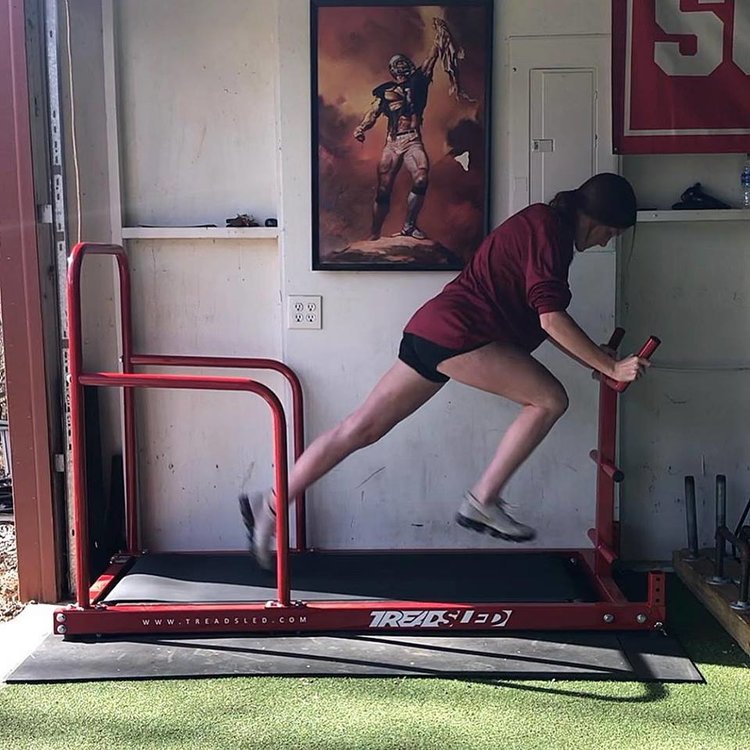The art is found in harnessing and displaying more force.
“To get faster you must apply more force into the ground more efficiently.
This is accomplished by developing stronger muscles (and tendons) so they have the bandwidth to produce more force.
Thanks for reading Zingler Strength ! Subscribe for free to receive new posts and support my work.
Then, you must practice & apply more force into the ground via sprinting.
Not tippy tap drills.”
-Ray Zingler on Twitter
Speed is the quality most athletes are after and for good reason, too.
We make the concept of speed development way more complex than it actually is.
We typically have two camps of people when it comes to speed.
Camp 1: Athletes who live in the speed and agility box, thinking that the endless array of ladder drills, cone drills, mini hurdles, and bungee cords are going to be what enhances their speed.
These drills are fun to perform and they look cool on Instagram, and most importantly, from a parent’s perspective, they are palatable.
But here’s the (major) problem: they don’t actually work.
Camp 2: Camp 2 is full of athletes and parents who typically try out the speed and agility box and realize it doesn’t work so they then think that speed isn’t trainable. “Some have it and some don’t.”
I’ll tell you why both camps are wrong.
In Camp 1, you have all the drills. All the flash. All the stuff you (perceive) speed and agility to be, but the problem is you don’t have the force.
These athletes are moving quickly, changing directions, hopping, and shifting, but they aren’t applying force into the ground.
Not only are they not applying any force into the ground, they don’t even have the requisite force in their reservoirs to pull from to apply into the ground if they wanted to get faster.
Speed and agility training without (real) strength training is merely changing the color of the car, not enhancing it’s motor.
And for Camp 2, (and Camp 1) speed IS highly trainable. Anyone can get faster.
If you increase your bandwidth to produce more force (strength training) and you practice displaying that force via max effort sprinting, you will get faster.
It’s not my opinion. It’s physics.
“Okay, but I did that and it still didn’t work.”
This is where knowing how to train and understanding energy systems come into play.
Are you speed training or conditioning?
In order to get faster, athletes must rest COMPLETELY in between bouts of sprinting. The activity you should be doing most in a sprint session is REST.
A good rule of thumb is a minimum of :60 rest for every 10 yards sprinted.
Simplify.

Thanks for reading Zingler Strength ! Subscribe for free to receive new posts and support my work.


